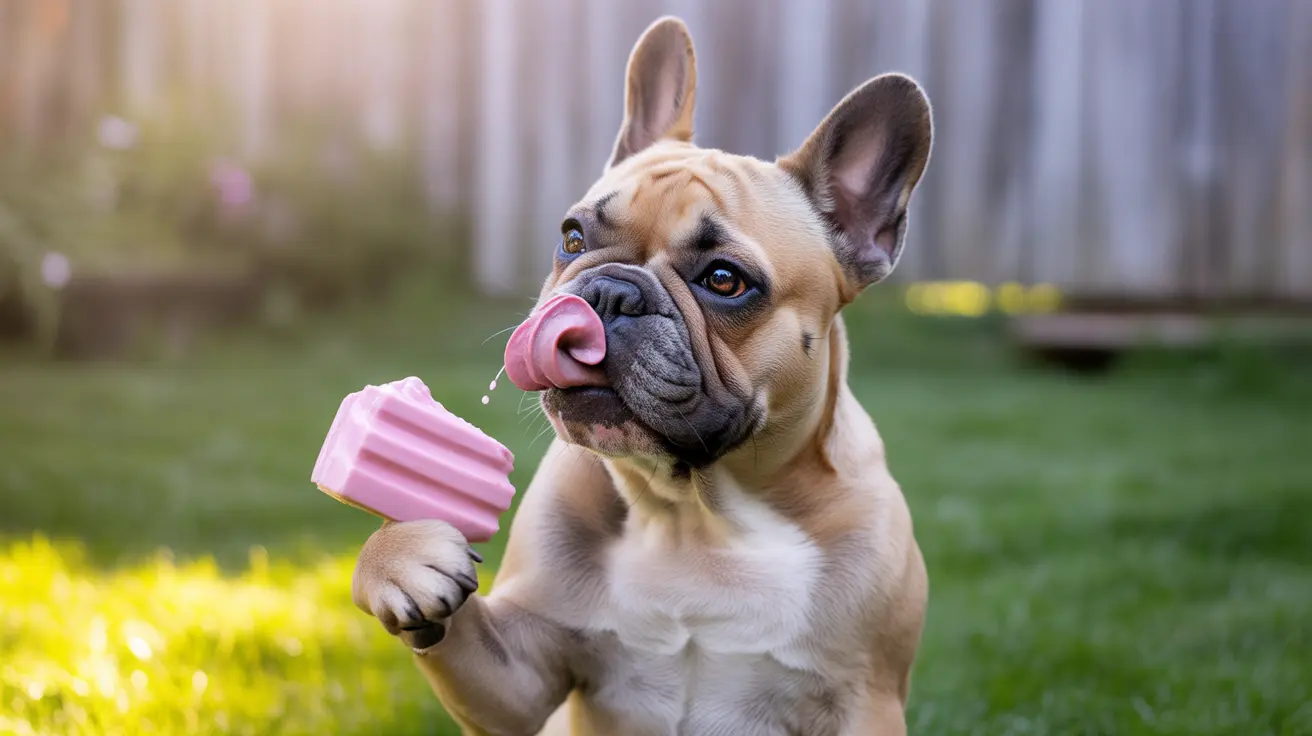Understanding Brown Poodles: Colour, Genetics, and Traits
Brown Poodles stand out among the many varieties of this intelligent and athletic breed. Their deep, chocolatey coats and unique features make them popular with dog lovers who appreciate both beauty and brains. But what exactly sets a brown Poodle apart from other colours? Let's dive into their genetics, appearance, and what to expect if you welcome one into your home.
The Poodle Breed at a Glance
Poodles are renowned for their curly, dense coats, keen intelligence, and athleticism. The breed comes in four sizes:
- Standard: 45–62 cm (18–24 in) tall; 20–32 kg (44–71 lb)
- Medium: Recognised mainly in Europe; size between Standard and Miniature
- Miniature: Smaller than Medium
- Toy: Smallest variety
Poodles live on average between 10 and 18 years. Smaller varieties often enjoy longer lifespans than their larger counterparts.
The Origin of Brown Poodles
Poodles originated as water retrievers, with roots tracing back to Germany (where "Pudel" means "to splash") and France (where they're called "Caniche"). Over centuries, they were bred for various purposes—including circus performance—and eventually developed into several sizes.
Browns Among Many Colours
Poodles come in an impressive range of coat colours, but brown is one of the classic solid shades. Here's how it fits among other solid colours:
- Black: Deep ink black with black points
- White: Snow white with black or brown points
- Brown: Dark, rich brown produced by the “bb” gene; liver-coloured points; dark amber eyes; no black pigment on body or nose
- Blue/Silver/Silver Beige/Cafe Au Lait/Red/Apricot/Cream/Gray: Each has its own genetic basis and appearance but differs from true brown in pigment and gene expression.
The brown colour is distinct because it results from the presence of two copies of the recessive "b" allele at the B locus (the “bb” genotype). This gene removes all black pigment from the coat and skin, resulting in a uniform brown shade throughout.
Browns vs. Other Similar Colours
Poodle colours like silver beige or cafe au lait may look similar to brown but are genetically different. While those lighter shades are usually born brown and fade to beige or tan as they age (due to dilution genes), true browns retain their rich chocolate hue throughout life.
The Unique Features of Brown Poodles
- Liver-Coloured Points: Their noses, eye rims, lips, paw pads—all show a liver/brown tone instead of black.
- Amber Eyes: Instead of dark brown or black eyes seen in other colours, browns typically have striking dark amber eyes.
- No Black Pigment: You won’t find any hint of black on their bodies or noses—another hallmark that distinguishes them from other shades.
Lifespan & Health Considerations
Poodles—regardless of colour—are generally healthy dogs with long lifespans. However, they can be prone to certain hereditary conditions such as sebaceous adenitis (a skin disease), Addison’s disease (endocrine), hypothyroidism, Cushing’s syndrome, and various eye issues. Regular veterinary care helps manage these risks.
Browns in Show Rings & Recognition
The major kennel clubs recognise solid-colour Poodles for conformation shows—including browns. Multi-colour patterns like parti or phantom are less commonly accepted by some registries but do appear in others internationally. Historically, multi-colour Poodles were common but lost popularity as breed standards shifted toward solids like black, white, and brown.
Caring for a Brown Poodle's Coat
A Poodle's curly coat requires regular grooming—every four to eight weeks—to prevent matting and keep the fur healthy. Some owners opt for elaborate clips for show dogs; others prefer practical trims for pets. Although corded coats exist (where hair forms long cords), this style is rare due to its maintenance demands.
Puppy Colour Changes: Will My Brown Stay Brown?
Puppies sometimes change colour as they mature—a process called “clearing.” However, true browns typically retain their deep colour throughout life because they lack dilution genes that cause fading seen in silver beige or cafe au lait varieties.
The Genetics Behind Brown Coats
- The B locus gene determines whether a dog will have black (“B”) or brown (“b”) pigment.
- Browns have two “b” alleles (“bb”), removing all black pigment from fur and skin.
- This genetic makeup also influences eye colour (amber) and nose/pad pigmentation (liver).
Browns Among Patterns & Multicolours
You’ll find solid browns most commonly—but occasionally patterns like parti (white base with patches), tuxedo (specific white markings), phantom (tan points), sable (tipped hairs), brindle (stripes), agouti (“wild” banding), abstract (solid with white patches), ticking (spots within white areas) can appear when combined with other genes. Still, pure solid browns remain a favourite for those who love classic looks.
Poodle Personality: More Than Just Looks!
No matter their colour, Poodles are famously sociable and highly intelligent companions. They excel at obedience training thanks to their quick wits—and need regular mental stimulation alongside physical exercise to stay happy. Their low-shedding coats appeal to allergy sufferers too—though no dog is truly hypoallergenic.





